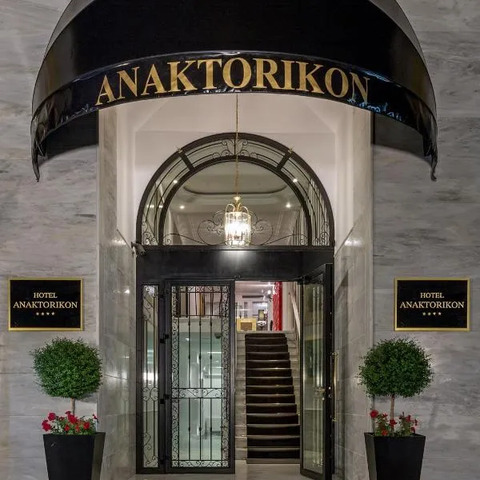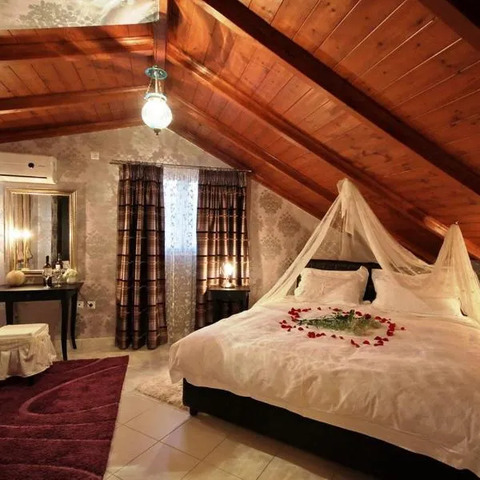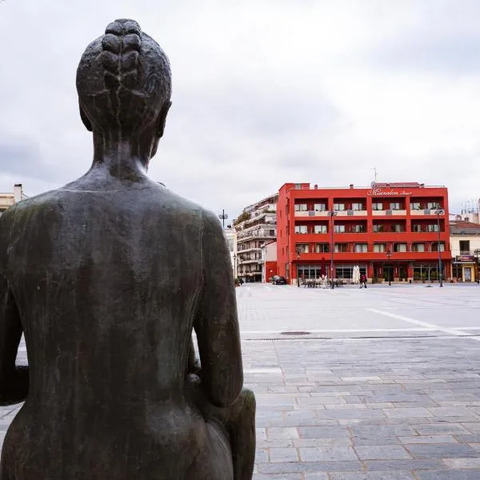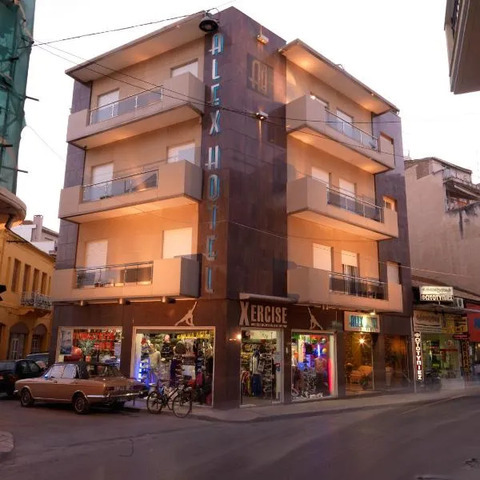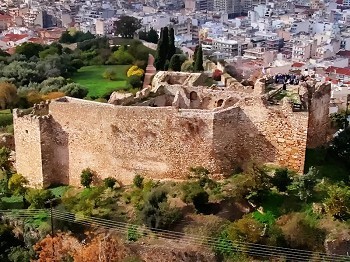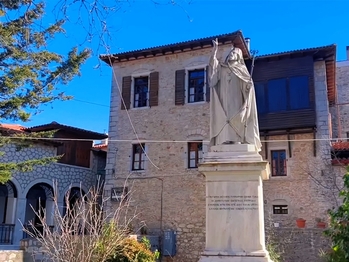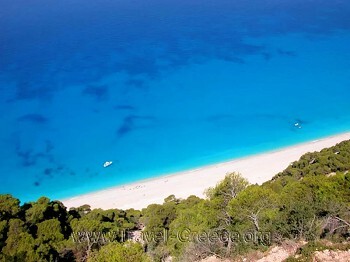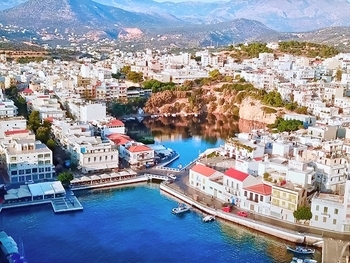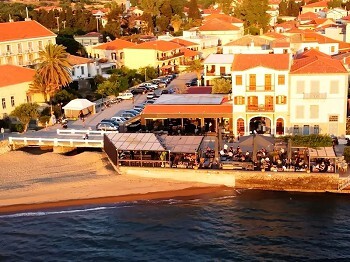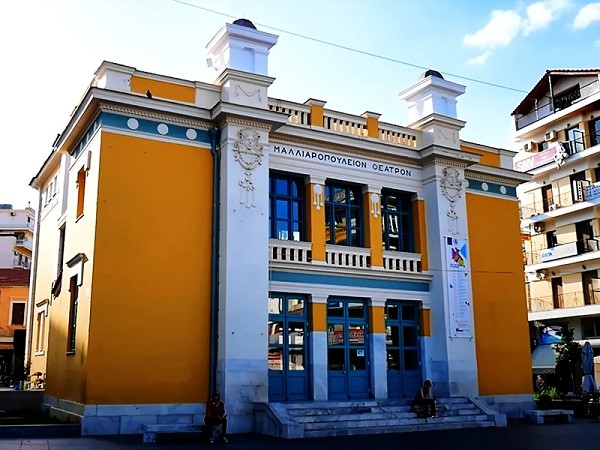
Tripoli, a vibrant city in northern Lebanon, is renowned for its rich tapestry of history and culture. As one of the oldest continuously inhabited cities in the world, Tripoli offers a wealth of historical sites that transport visitors back in time. From ancient Ruins to medieval fortresses, this city is a treasure trove for history enthusiasts. In this guide, we'll explore the most significant historical sites in Tripoli, providing insights into their past and their importance in Lebanon's history.
We suggest for your stay:
Still Looking for the Perfect Stay?
1. The Tripoli Citadel: A Fortress with a Strategic Legacy
The Tripoli Citadel, also known as the Citadel of Raymond de Saint-Gilles, is one of the most prominent historical Landmarks in the city. Built during the Crusader era in the 12th century, this fortress stands atop a hill, offering panoramic Views of Tripoli and the Mediterranean Sea. The citadel has been expanded and modified by various rulers, including the Mamluks and Ottomans. Today, visitors can explore its impressive walls, towers, and ancient halls, gaining insight into medieval military Architecture and the strategic Significance of the site.
2. The Great Mosque of Tripoli: A Testament to Islamic Architecture
The Great Mosque of Tripoli, also known as the Al-Mansouri Mosque, is a prime example of Islamic architectural prowess. Constructed in the 13th century by the Mamluk Sultan Al-Mansur, this mosque is renowned for its elegant minaret, grand prayer hall, and intricate tile work. The mosque's design reflects the architectural style of the Mamluk period, characterized by its use of geometric patterns and ornamental details. Visiting this mosque provides a glimpse into the religious and cultural life of medieval Tripoli.
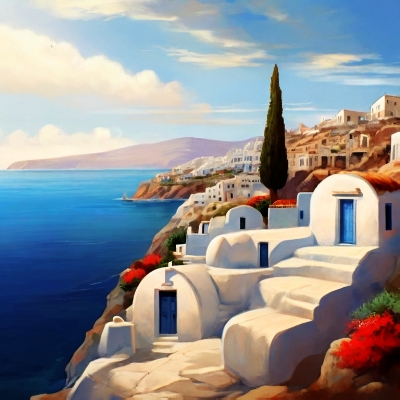
3. The Archaeological Museum of Tripoli: A Window into Ancient Civilizations
For those interested in the archaeological Heritage of Tripoli, The Archaeological Museum of Tripoli is a must-visit. Located in the heart of the city, this museum houses an Extensive collection of Artifacts from various historical periods, including Roman, Byzantine, and Islamic eras. Highlights of the museum include ancient statues, Pottery, and inscriptions that illustrate the city's Historical significance as a trading hub and cultural center. The museum offers informative Exhibits that shed light on the daily life and customs of ancient Tripoli.
4. The Souks of Tripoli: A Historic Market Experience
The souks (traditional markets) of Tripoli are a living testament to the city's historical and economic importance. These bustling Markets, with their narrow alleys and vibrant stalls, have been trading hubs for centuries. The souks are divided into various sections, including the Souk el-Haraj, known for its Textiles and clothing, and the Souk el-Attarin, famous for its Spices and perfumes. Exploring the souks provides a sensory Experience of the city's past, with its rich scents, colorful goods, and lively Atmosphere.
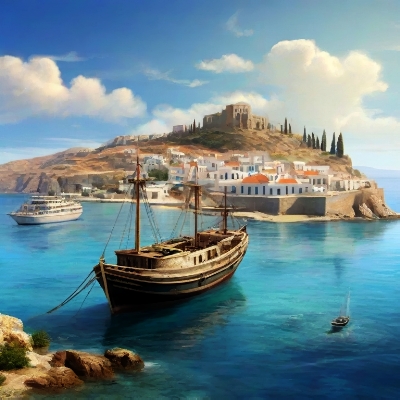
5. The Al-Muallaq Mosque: An Ancient Religious Landmark
The Al-Muallaq Mosque, also known as the Hanging Mosque, is a unique historical site in Tripoli. Constructed in the 12th century, this mosque is notable for its distinctive Architecture, including its elevated position and ornate interior. The mosque's name derives from its elevated construction, which gives the impression that it is "hanging" above the surrounding buildings. The Al-Muallaq Mosque is an excellent example of early Islamic Architecture in Tripoli and offers a peaceful retreat for visitors interested in religious history.
6. The Saraya Palace: A Blend of Ottoman and Lebanese Architecture
The Saraya Palace, located in the heart of Tripoli, is a beautiful example of Ottoman Architecture blended with Lebanese elements. Originally built in the 18th century as the residence of the Ottoman governor, the palace now serves as a government building. Its Architecture features intricate stonework, spacious courtyards, and elegant arches. A visit to the Saraya Palace allows visitors to appreciate the fusion of architectural styles that reflect Tripoli's diverse history.
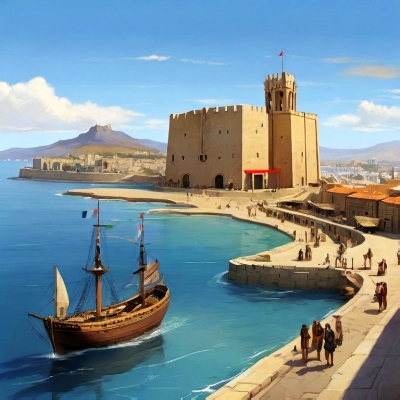
7. The Saint Gilles Cathedral: A Historical Christian Landmark
The Saint Gilles Cathedral, also known as the Cathedral of Saint George, is a prominent Christian site in Tripoli. Built during the Crusader period, this cathedral is dedicated to Saint George, one of Christianity's most revered saints. The cathedral's Architecture includes elements from the Crusader era, with its robust stone construction and intricate carvings. Today, the cathedral serves as an important place of worship and a historical landmark, offering insights into the Christian Heritage of Tripoli.
8. The Roman Baths: Ancient Relaxation Spaces
Tripoli's Roman Baths are a fascinating glimpse into the leisure activities of ancient Romans. Located near the city's historic center, these baths Date back to the Roman period and showcase the advanced engineering and architectural skills of the time. The Remains of the baths include well-preserved thermal rooms, changing areas, and intricate mosaics. Exploring The Roman Baths provides an understanding of the social and cultural practices of ancient Tripoli.
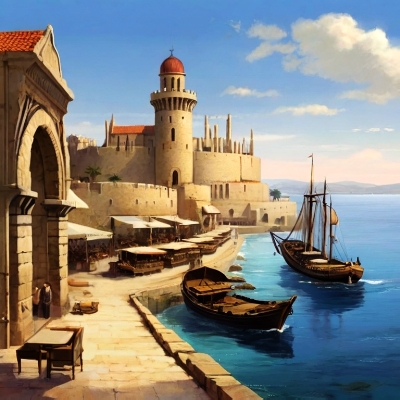
9. The Ottoman Clock Tower: A Symbol of Time and Change
The Ottoman Clock Tower, located in the heart of Tripoli, is a historical Monument that marks the city's evolution during the Ottoman era. Built in the early 20th century, the clock tower was a symbol of modernity and progress during the Ottoman period. Its striking design, featuring a tall, elegant structure with a prominent clock face, stands as a reminder of the city's historical transition and its connection to the broader Ottoman Empire.
10. The Byzantine Church of Saint Marina: A Testament to Early Christianity
The Byzantine Church of Saint Marina is an important Christian site in Tripoli, dating back to the Byzantine period. This church is known for its well-preserved mosaics and architectural features that reflect the early Christian influence in the region. The church offers visitors a chance to explore early Christian art and Architecture, providing valuable insights into the religious and cultural history of Tripoli.
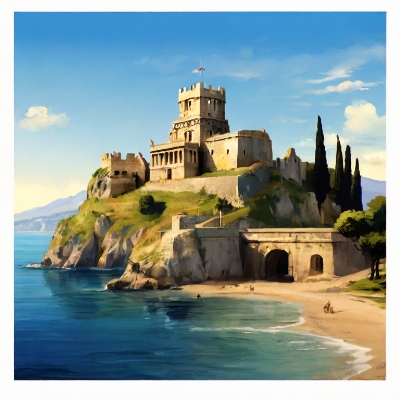
Conclusion
Tripoli City is a treasure trove of historical sites that offer a fascinating journey through time. From ancient fortresses to vibrant Markets and religious Landmarks, each site tells a unique story of the city's rich Heritage. Whether you're a history buff or simply curious about Lebanon's past, Tripoli's historical sites provide a captivating glimpse into the region's diverse and storied history. So, pack your bags and set out to explore the historical wonders of Tripoli – a city where the past comes alive.
